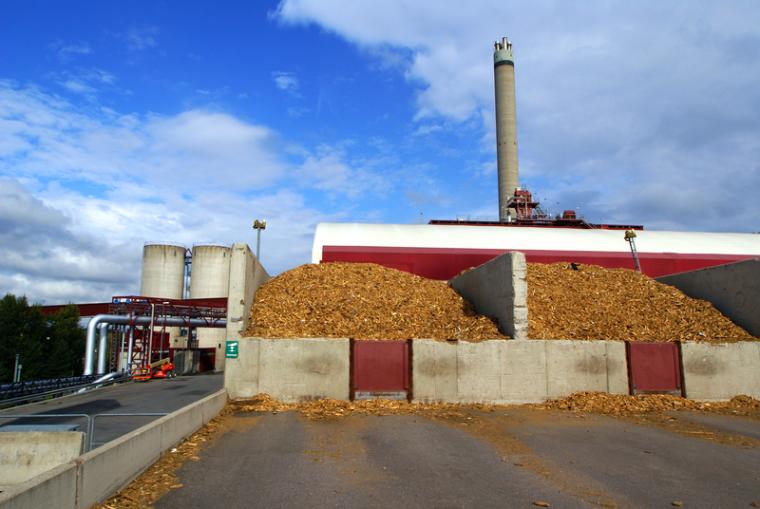
 The plastics or polymers industry was for many years a hidden industry. Nobody knew much about the plastics business because it was sandwiched between oil and gas and a huge variety of finished goods.
The plastics or polymers industry was for many years a hidden industry. Nobody knew much about the plastics business because it was sandwiched between oil and gas and a huge variety of finished goods.
But now, for all the wrong reasons, companies that produce the polymers that go into everything from plastic bottles and films to Tupperware containers, disposable coffee cups and plastic bags are being recognized by legislators and the general public. This is the result of the huge pushback against the scourge of plastic rubbish in our rivers and oceans.
The polymer producers—companies such as ExxonMobil, Chevron Phillips Chemicals, LyondellBasell Industries and Dow Chemical—make a wide array of different types of polymer pellets from raw materials derived from oil and gas. Traditionally, their job ended once they shipped polymer pellets to the plastic converters or fabricators, which are the companies that melt down the pellets to form them into plastic pipes, bottles, films, bags, etc.
From the birth of the modern plastics industry in the 1950s, nobody gave much thought to the environmental impact of what the polymer companies did. That’s now changed. Polymer producers are under public and legislative pressure to find technically and economically more efficient ways of recycling plastics.
Retailers, including major supermarkets, are introducing bans on plastic packaging, replacing it with more recyclable packaging made from paper and aluminium. There have also been numerous government initiatives, across both the developed and developing world, to ban certain applications of plastics entirely—such as the ubiquitous and much-maligned supermarket shopping bag, which is made from polyethylene (PE).
Three Scenarios for Polyethylene
The core of the disposal problem centers on eight rivers in Asia and two in Africa. A 2018 study by the Helmholtz Centre for Environmental Research estimates that 90 percent of the plastic rubbish in the world’s oceans comes from these 10 rivers.
Polyethylene is the type of plastic most heavily used in disposable or “single-use” packaging, and it is the polymer or plastic most exposed to the plastic rubbish crisis, since more than half of its end-use applications are single use. The growth of PE demand since its invention in the 1930s, when it was first used to insulate radar cables, has been quite staggering. The ICIS Supply & Demand data on PE goes back to 1978, when global consumption was just 11 metric tons. By 2018, it had reached 102 metric tons. Annual average percentage demand growth was at 5.7 percent.
The ICIS base case forecast is that from 2019 to 2030, global demand will jump from 107 to 156 metric tons, at an annual average growth rate of 3.6 percent. This “business as usual” base case assumes major effect from the public and political backlash against plastic rubbish.
The two other ICIS scenarios present very different outcomes for PE demand and thus the financial fortunes of the polymer producers.
The second scenario assumes moderately lower growth of 3 percent per annum as the industry successfully works with brand owners and retailers to redesign packaging in order to make it more recyclable. Under this scenario, the focus of the producers switches to being service or solution providers for the plastic rubbish problem. These new services help replace the revenue lost by 2019-2030 cumulative demand polyethylene growth being 60 metric tons less than in our base.
But if the polymer industry were to largely ignore the problem, then PE would be increasingly replaced by other more recyclable packaging materials such as aluminium and paper. Brand owners and retailers would stop using PE entirely wherever possible.
Here we see PE demand growth falling to just 2 percent per year.
The effect on the polymer industry would be devastating under the third scenario. In each of the years between 2019 and 2030, on a cumulative basis again, demand would be 181 metric tons less than our base case.
In the great scheme of things, Scenario 3 might appear to have few consequences beyond the effect on the companies themselves. But many of the major polymer producers are also oil and gas producers and some of the household names that are important for stock markets and pension funds. This worst-case outcome would therefore have broad implications.
The good news is that ICIS sees this third scenario as highly unlikely as the polymer companies are showing every indication of taking the plastic rubbish problem very, very seriously. T&ID

